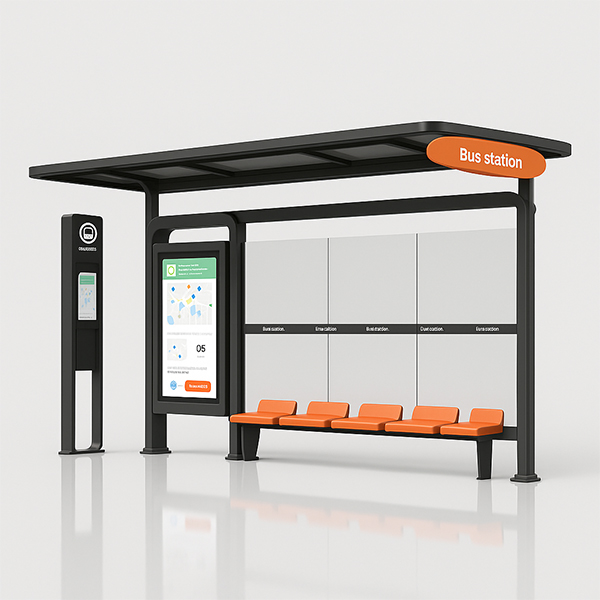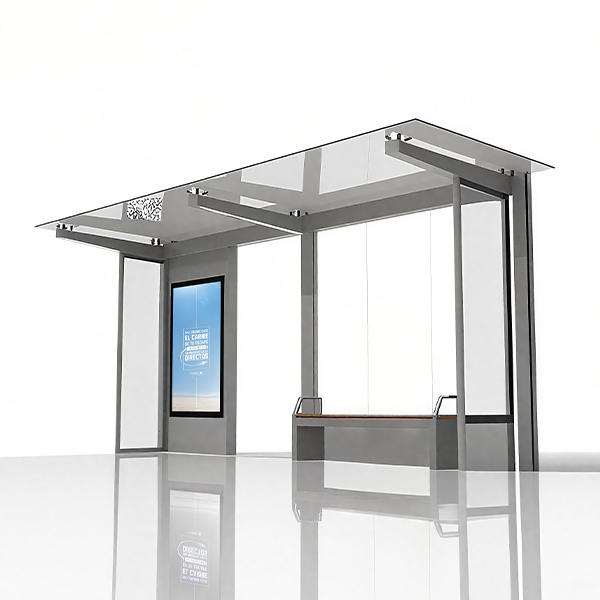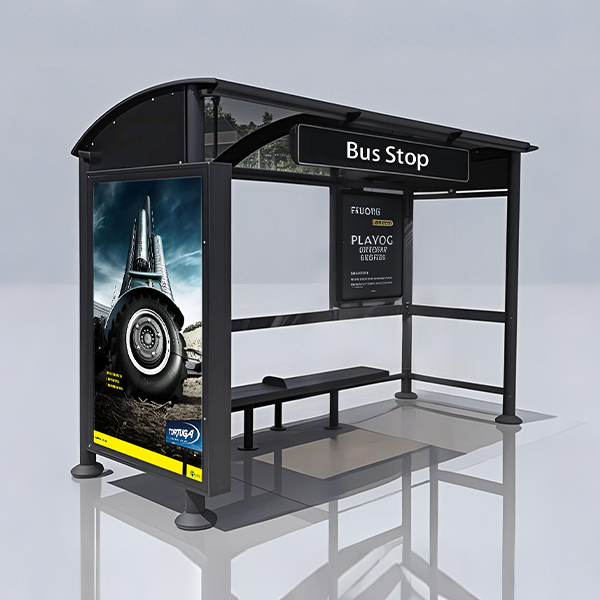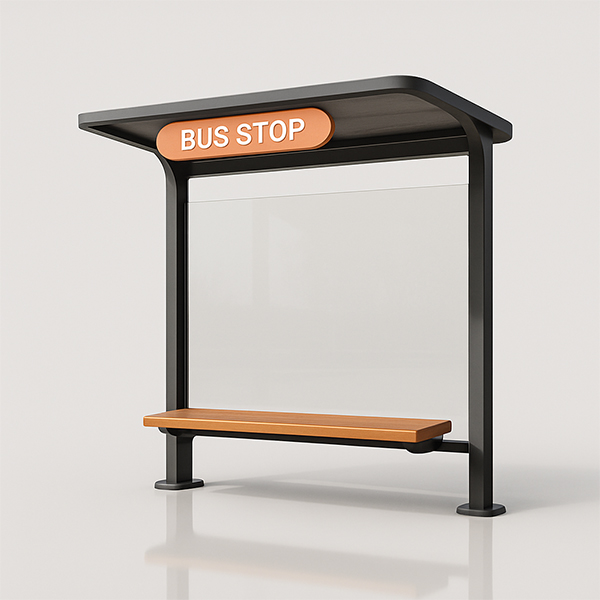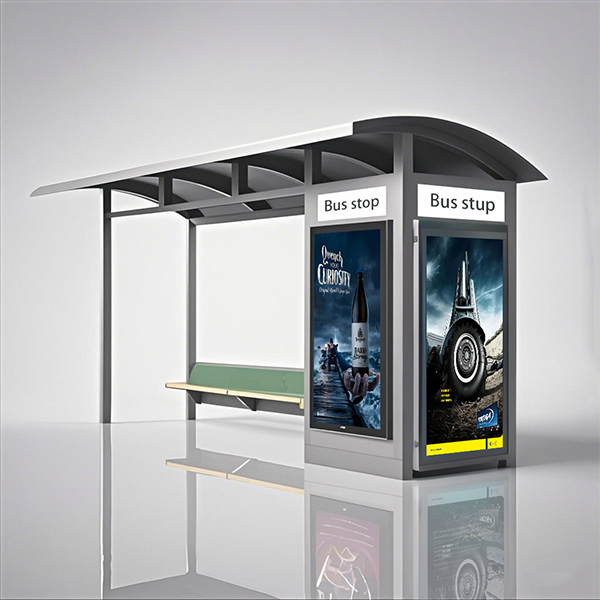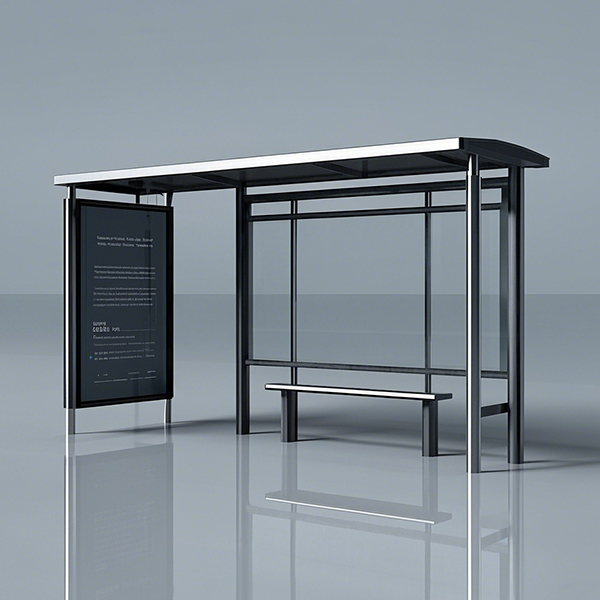
Public Transit Shelter
This comprehensive guide explores the design, implementation, and optimization of public transit shelters. We delve into various aspects, from understanding the needs of commuters to maximizing shelter effectiveness and advertising opportunities. Learn about different shelter types, materials, and features, and discover best practices for creating safe, comfortable, and well-utilized public transit shelters.
Types of Public Transit Shelters
Traditional Shelters
Traditional public transit shelters typically consist of a roof supported by posts, often made from metal or wood. These shelters provide basic protection from the elements but may lack advanced features. Materials used vary depending on budget and local climate, ranging from simple corrugated metal to more aesthetically pleasing glass and steel designs.
Smart Shelters
Modern public transit shelters often incorporate smart technologies. These can include integrated digital displays showing real-time transit information, USB charging ports for mobile devices, and even integrated Wi-Fi hotspots. Such features enhance the passenger experience and can improve ridership. Some advanced shelters even include solar panels for sustainable energy generation. Shandong Luyi Public Facilities Co., Ltd. offers a range of innovative smart shelter solutions.
Accessibility Features
Designing for accessibility is crucial. Public transit shelters should comply with ADA guidelines, ensuring easy access for individuals with disabilities. This includes ramps, appropriate seating heights, clear signage, and sufficient space for wheelchairs and mobility aids. Proper lighting is also essential for safety and visibility.
Materials and Construction
Durability and Maintenance
The choice of materials significantly impacts a shelter's lifespan and maintenance requirements. Durable, weather-resistant materials like powder-coated steel or treated wood are ideal for long-term performance. Regular maintenance, including cleaning and repairs, is essential to ensure the shelter remains safe and functional. Consider factors like vandalism resistance when selecting materials.
Aesthetic Considerations
Public transit shelters should blend seamlessly with their surroundings. The design should complement the local architecture and landscape. Careful consideration of colors, materials, and lighting can create a visually appealing and welcoming environment for commuters.
Advertising and Revenue Generation
Advertising Opportunities
Public transit shelters present valuable advertising opportunities. Digital displays within smart shelters allow for dynamic and targeted advertising campaigns. Traditional advertising methods, such as posters and banners, can also be incorporated depending on the shelter design. Revenue generated from advertising can help offset the costs of shelter maintenance and upgrades. The placement of advertising should carefully consider the passenger experience to avoid being intrusive.
Optimizing Public Transit Shelter Usage
Location and Placement
The strategic placement of public transit shelters is paramount to maximize their effectiveness. Shelters should be located at convenient points along transit routes, offering adequate protection from the elements and ensuring easy access for commuters. Consider factors such as foot traffic, visibility, and proximity to other amenities when determining optimal locations.
Shelter Maintenance and Upkeep
Regular maintenance is crucial for ensuring the long-term functionality and safety of public transit shelters. This includes cleaning, repairs, and routine inspections to identify and address potential problems promptly. A proactive maintenance schedule can prevent costly repairs and extend the shelter's lifespan.
Comparative Table: Shelter Types
| Feature | Traditional Shelter | Smart Shelter |
|---|---|---|
| Cost | Lower | Higher |
| Maintenance | Lower | Higher |
| Amenities | Basic Protection | Real-time info, charging, Wi-Fi |
| Sustainability | Lower | Potentially Higher (Solar Panels) |
This article provides a general overview. For specific design and implementation details, consult relevant building codes and regulations in your area. Always prioritize safety and accessibility in the design and placement of public transit shelters.
Соответствующая продукция
Соответствующая продукция
Самые продаваемые продукты
Самые продаваемые продукты-
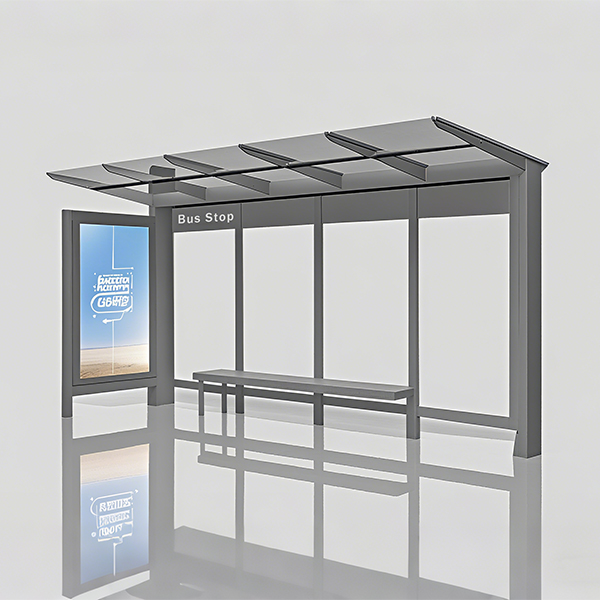 Single Light Box Bus Stop
Single Light Box Bus Stop -
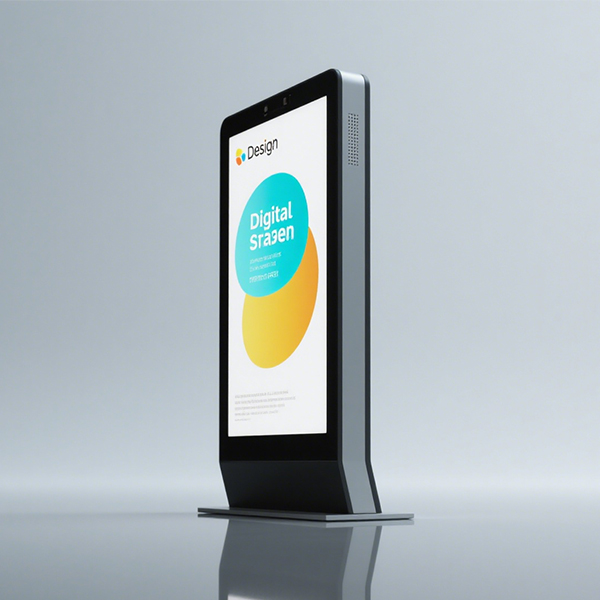 Digital Signage
Digital Signage -
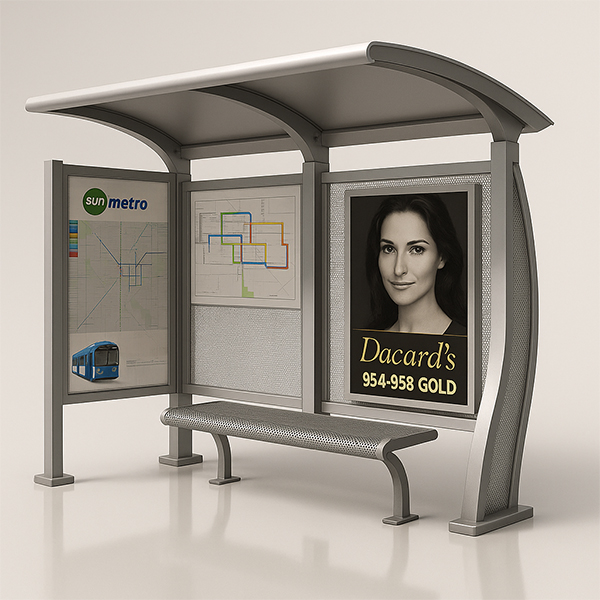 Curved Shed Bus Stop Shelter
Curved Shed Bus Stop Shelter -
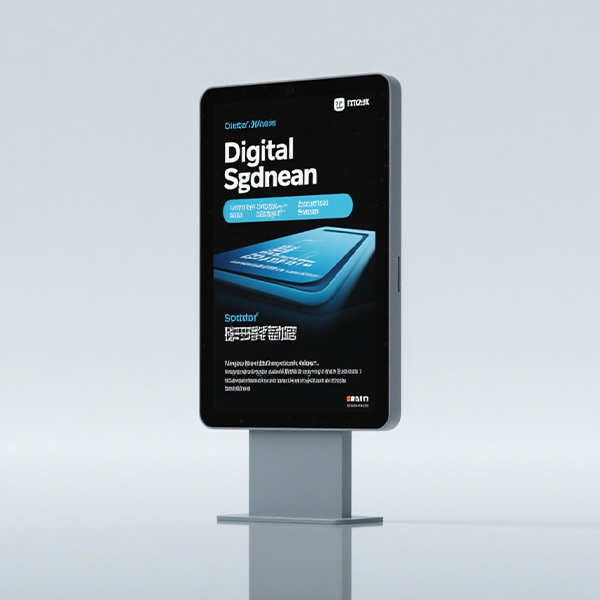 Digital Signage
Digital Signage -
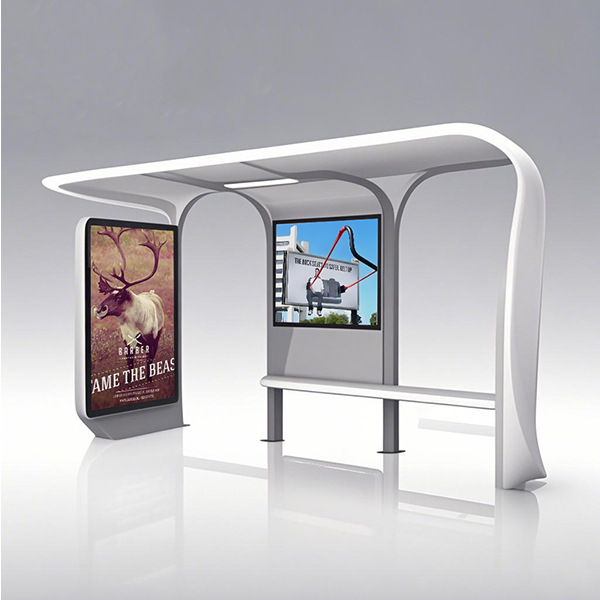 Double Light Box Bus Shelter
Double Light Box Bus Shelter -
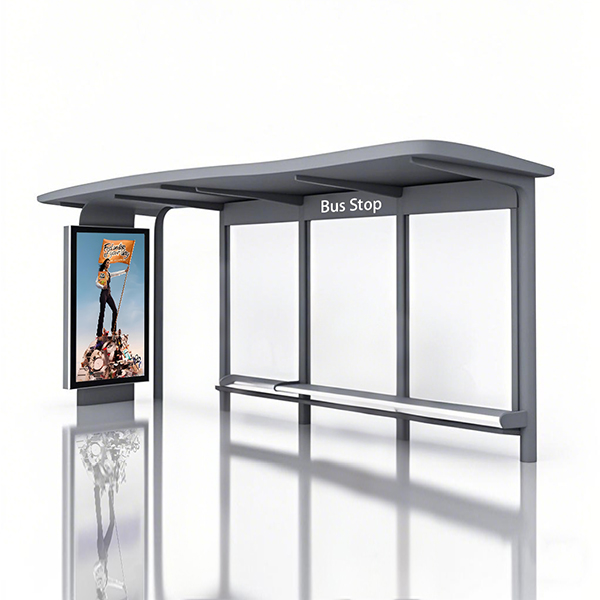 Single Light Box Bus Stop
Single Light Box Bus Stop -
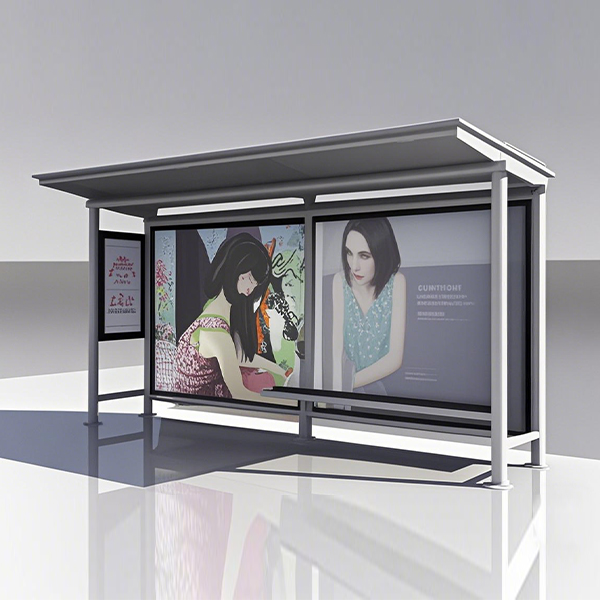 Large Format Advertising Box Bus Shelter
Large Format Advertising Box Bus Shelter -
 Semi-enclosed Bus Stop
Semi-enclosed Bus Stop -
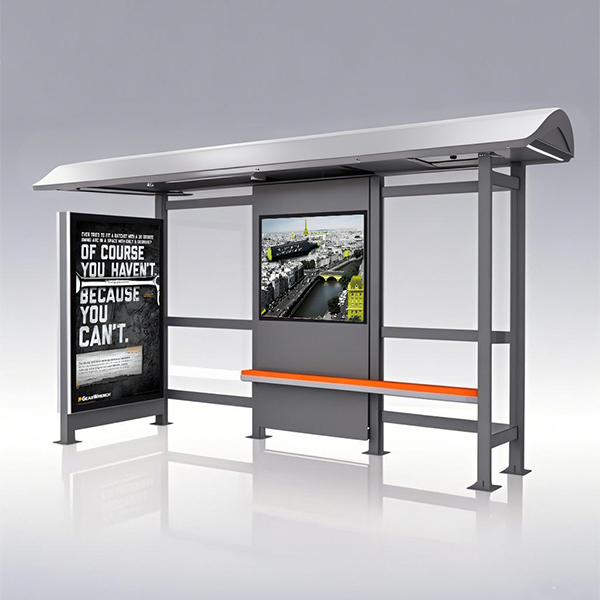 Curved Shed Bus Stop Shelter
Curved Shed Bus Stop Shelter -
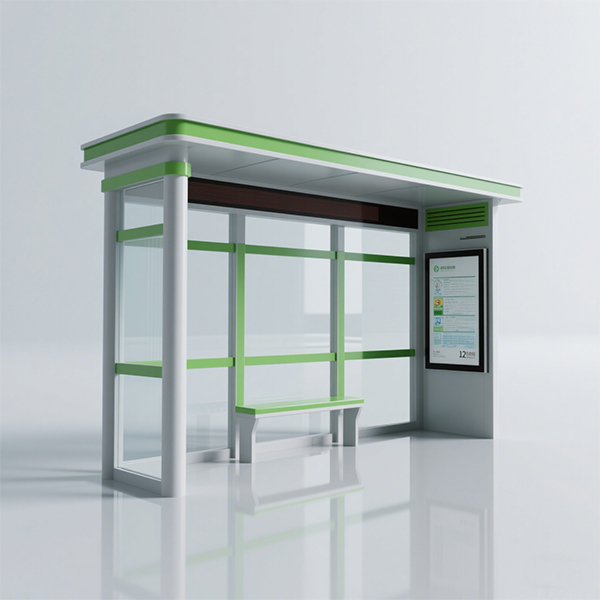 Semi-enclosed Bus Shelter
Semi-enclosed Bus Shelter -
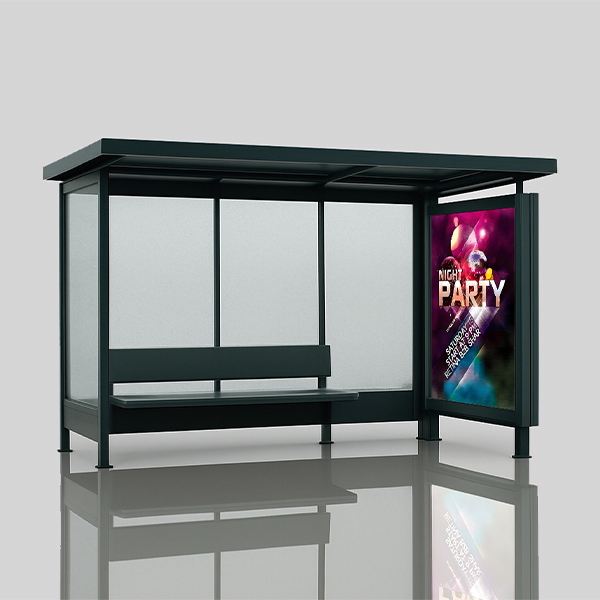 Semi-enclosed Bus Stop Shelter
Semi-enclosed Bus Stop Shelter -
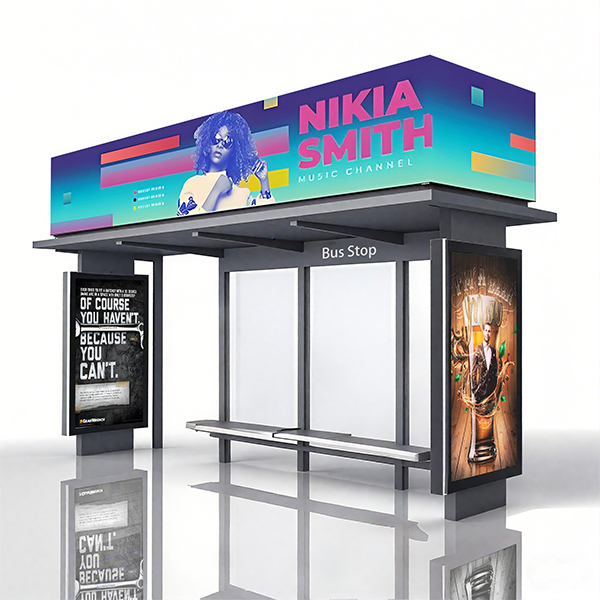 Rooftop Advertising Bus Stop Shelter
Rooftop Advertising Bus Stop Shelter







